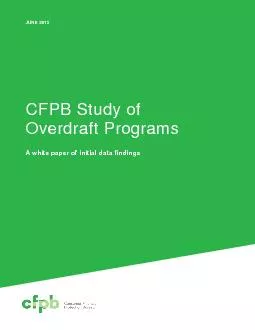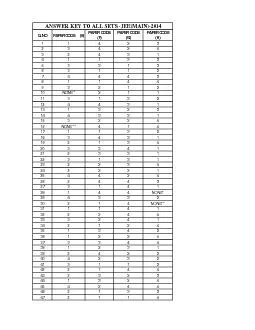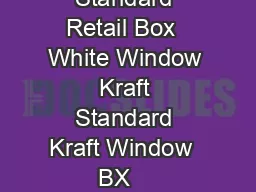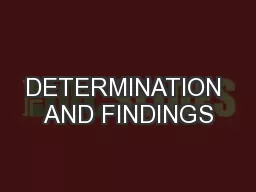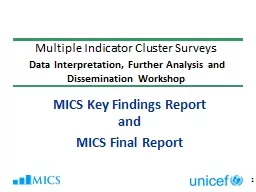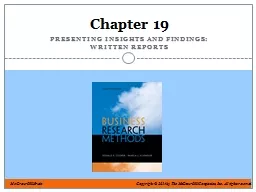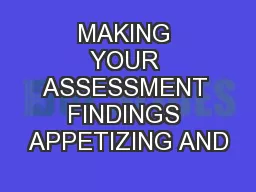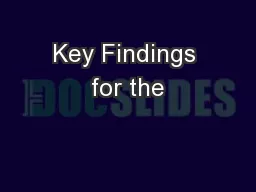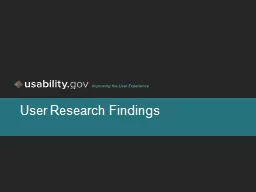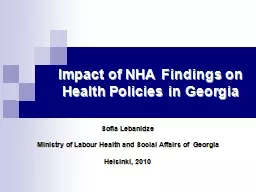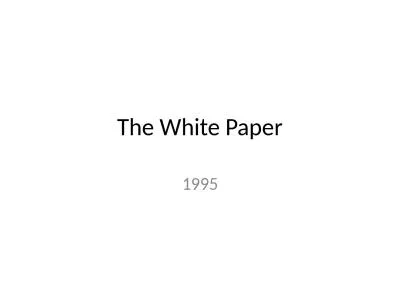PDF-A white paper of initial data findings
Author : luanne-stotts | Published Date : 2017-02-28
JUNE 2013 CFPB Study of Overdraft Programs 2 CONSUMER FINANCIAL P ROTECTION BUREAU STU DY OF OVERDRAFT PROG RAMS Table of C ontents Executive Summary
Presentation Embed Code
Download Presentation
Download Presentation The PPT/PDF document "A white paper of initial data findings" is the property of its rightful owner. Permission is granted to download and print the materials on this website for personal, non-commercial use only, and to display it on your personal computer provided you do not modify the materials and that you retain all copyright notices contained in the materials. By downloading content from our website, you accept the terms of this agreement.
A white paper of initial data findings: Transcript
Download Rules Of Document
"A white paper of initial data findings"The content belongs to its owner. You may download and print it for personal use, without modification, and keep all copyright notices. By downloading, you agree to these terms.
Related Documents

